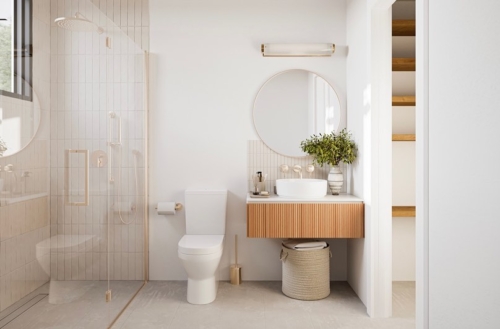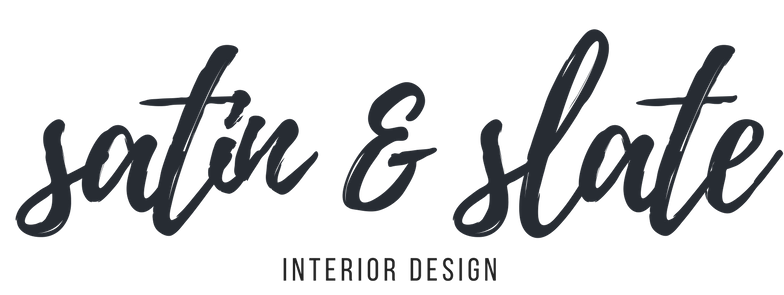Water conservation is becoming increasingly important in our efforts to protect the environment and preserve our natural resources. Low-flow faucets and fixtures are playing a crucial role in this endeavor by reducing water waste without compromising functionality. If you’re considering making the switch to low-flow fixtures, there are a few key things you should know. In this article, we will explore the essential aspects of low-flow faucets and fixtures, empowering you to make informed decisions and embrace a more sustainable lifestyle.
How Low-Flow Fixtures Work
Low-flow fixtures are designed to regulate and reduce the flow rate of water without sacrificing performance. They achieve this through various innovative mechanisms, such as aerators, flow restrictors, and advanced valve technologies. These features optimize water flow, maintaining adequate pressure while minimizing water consumption.
Benefits of Low-Flow Fixtures
- Water Conservation: The primary advantage of low-flow fixtures is their significant contribution to water conservation. By reducing water usage, these fixtures help conserve one of our planet’s most precious resources, addressing water scarcity issues and promoting sustainable practices.
- Energy Savings: Using less water also translates to energy savings. Since less hot water is required, low-flow fixtures can reduce energy consumption related to water heating, resulting in lower utility bills and a reduced carbon footprint.
- Cost Savings: Implementing low-flow fixtures can lead to long-term cost savings. By conserving water and energy, homeowners and businesses can experience reduced water bills and energy expenses over time. While the initial investment may be higher, the financial benefits quickly offset the cost.
- Environmental Impact: By embracing low-flow fixtures, you become an active participant in reducing water pollution and decreasing the strain on local water resources. Your contribution helps protect ecosystems, maintain water quality, and ensure a sustainable future for generations to come.
Types of Low-Flow Fixtures
Faucets
Low-flow faucets incorporate aerators, which mix air with the water stream to reduce flow rate without compromising pressure. These aerators are available in different flow rates, allowing users to choose their preferred level of water conservation.
Showerheads
Low-flow showerheads are designed to deliver a satisfying shower experience while minimizing water usage. They achieve this by combining air with the water stream, creating a strong, enveloping spray that feels luxurious while using significantly less water.
Toilets
Low-flow toilets, including dual-flush models, offer different flushing options for liquid and solid waste. This design allows users to select the appropriate flush volume, saving water with each use.
Considerations when Choosing Low-Flow Fixtures
- WaterSense Certification: Look for fixtures labeled with the WaterSense certification, which ensures they meet the efficiency and performance standards set by the Environmental Protection Agency (EPA). WaterSense-certified fixtures guarantee optimal water conservation without compromising functionality.
- Compatibility and Installation: Before purchasing low-flow fixtures, consider the compatibility with your existing plumbing system. Some fixtures may require specific connections or adjustments, so it’s important to ensure a seamless installation process.
- Maintenance: Regular maintenance is essential to ensure the longevity and efficiency of low-flow fixtures. Clean aerators and showerheads periodically to remove mineral deposits and check for leaks or any issues that may affect performance.
Overall, low-flow faucets and fixtures are more than just water-saving devices; they are tools for environmental responsibility and sustainability. By understanding how these fixtures work and the benefits they offer, you can make informed choices that align with your conservation goals. Embracing low-flow fixtures not only helps protect our water resources and reduce energy consumption but also contributes to cost savings in the long run. By taking this small yet significant step, you become part of a global movement towards a more water-conscious and sustainable future.
If you liked this article, you might also want to check out Sustainable Bathroom Design: 7 Ideas to an Eco-friendly Space for more inspiration.
About Us:
Founded in 2017, Satin and Slate is one of the elite interior design studios in Southern California. Located in Long Beach, this dedicated team of designers oversees from kitchen and bathroom renovations to commercial projects. Equipped with their own showroom/studio they can satisfy the needs of any client. Featuring clean lines, bright colors and fresh ideas Satin and Slate’s mission is to bring your vision to life and help transform your space into something extraordinary.








